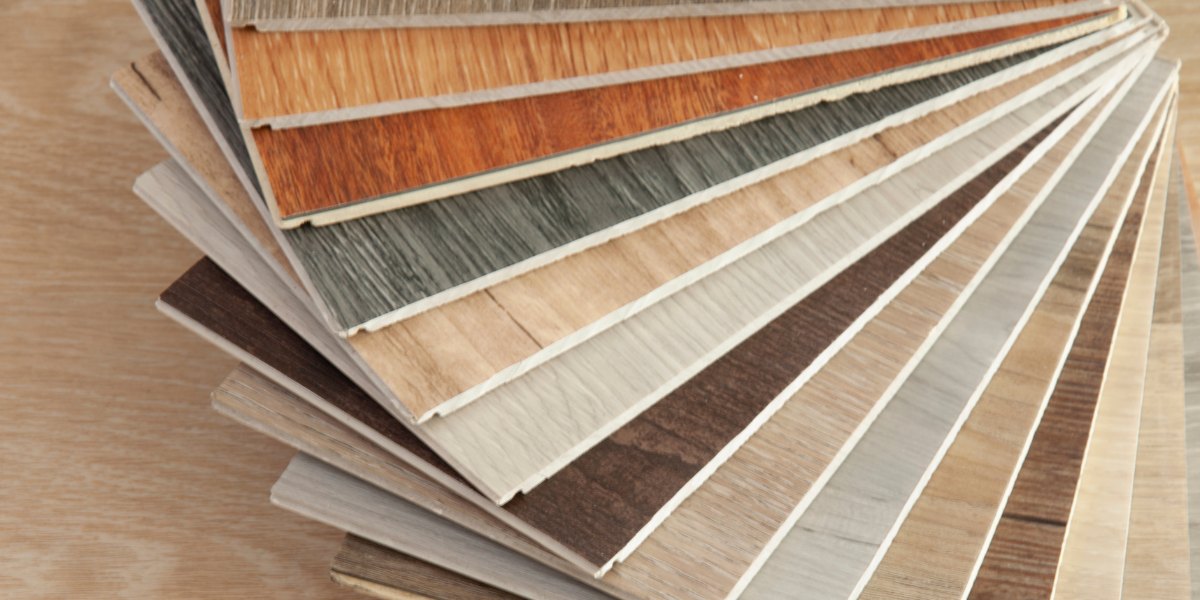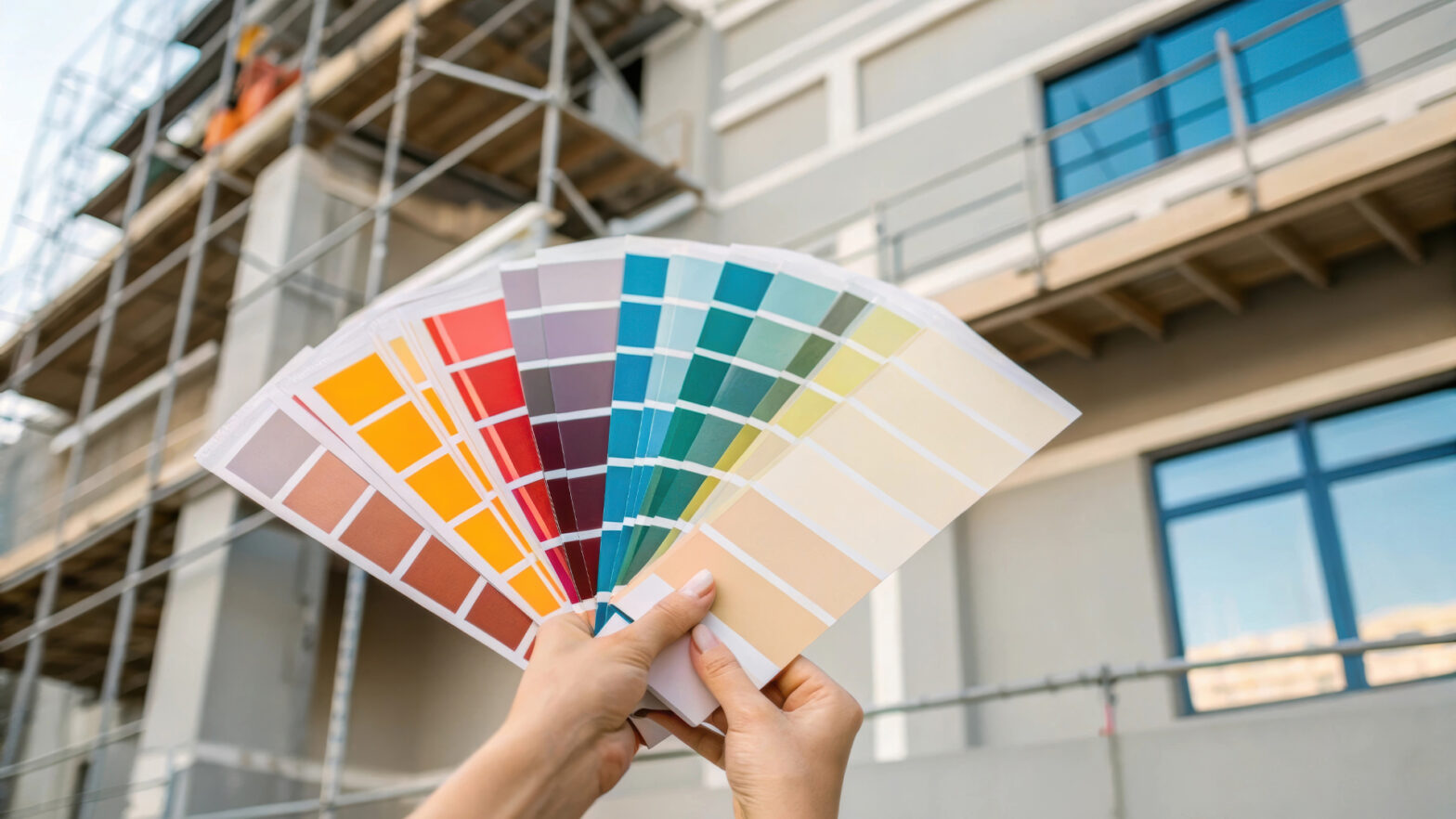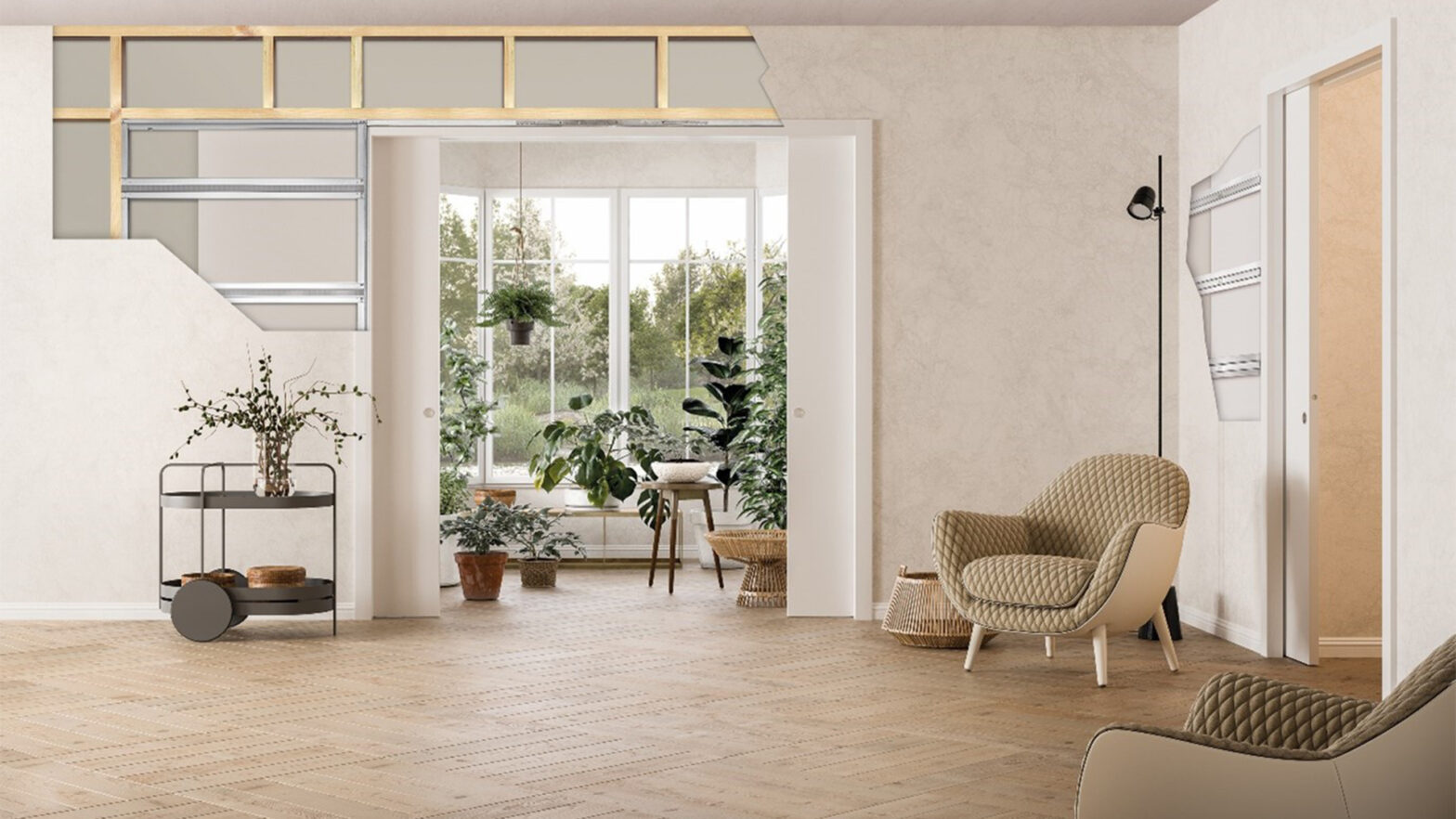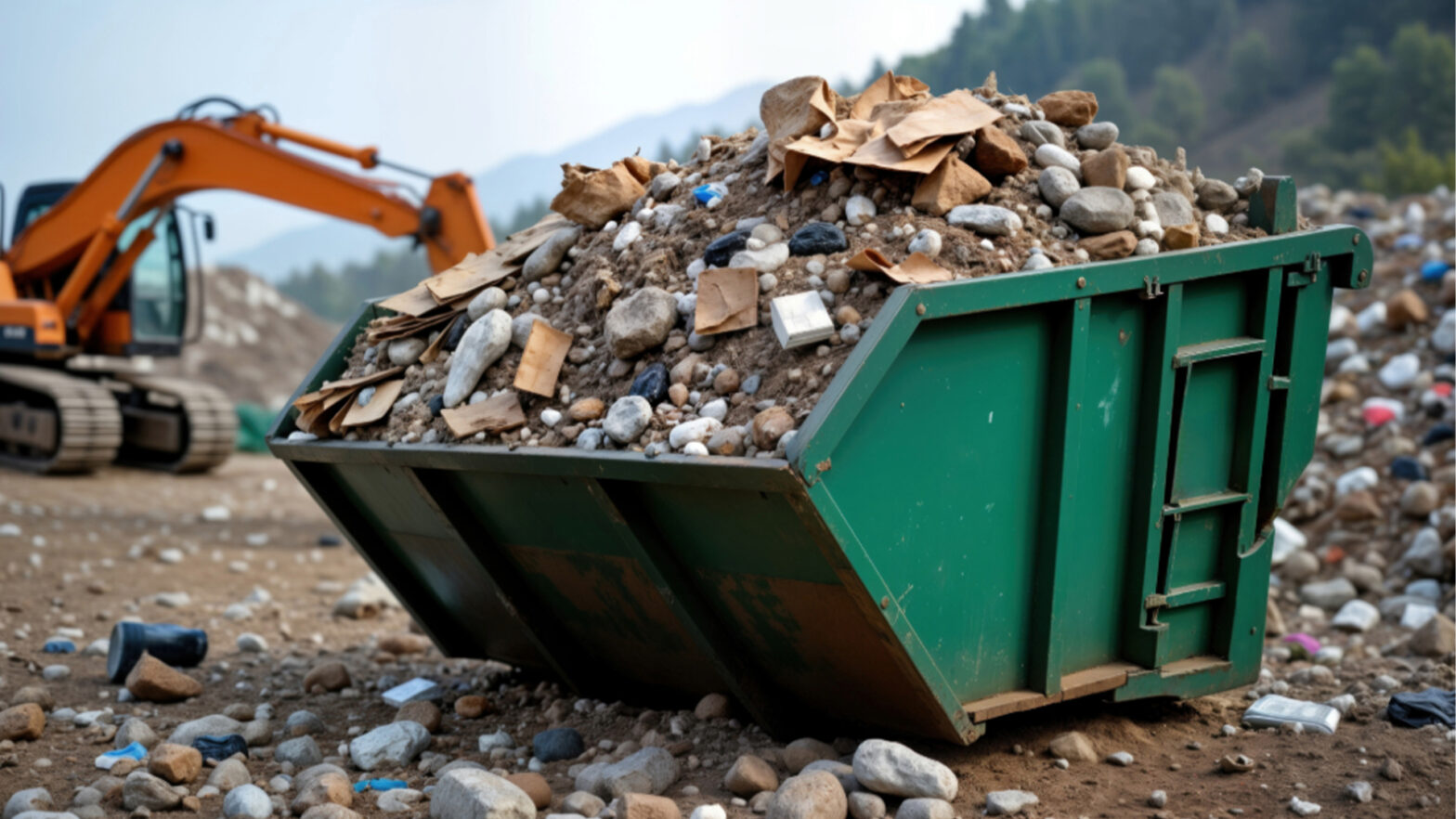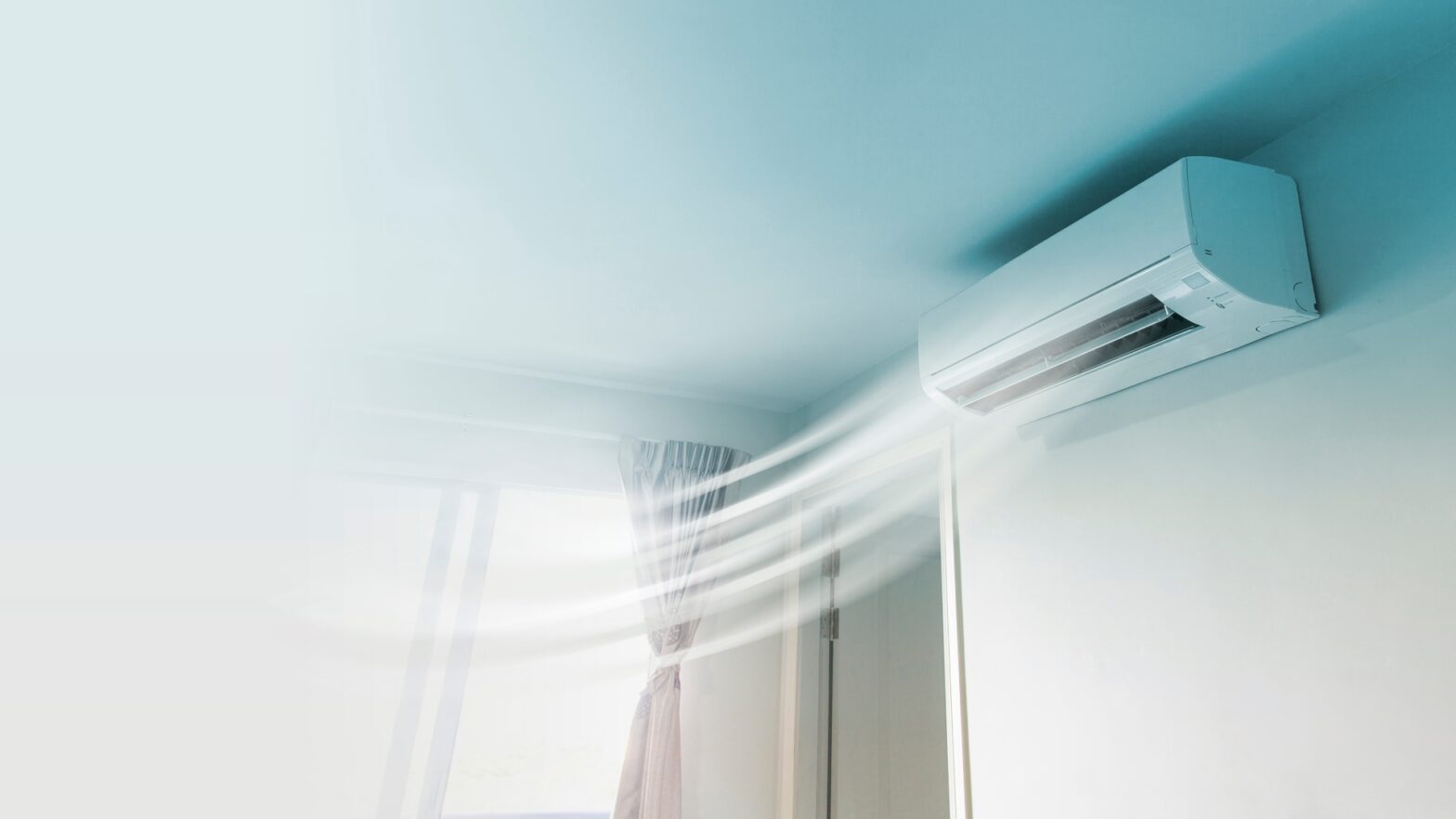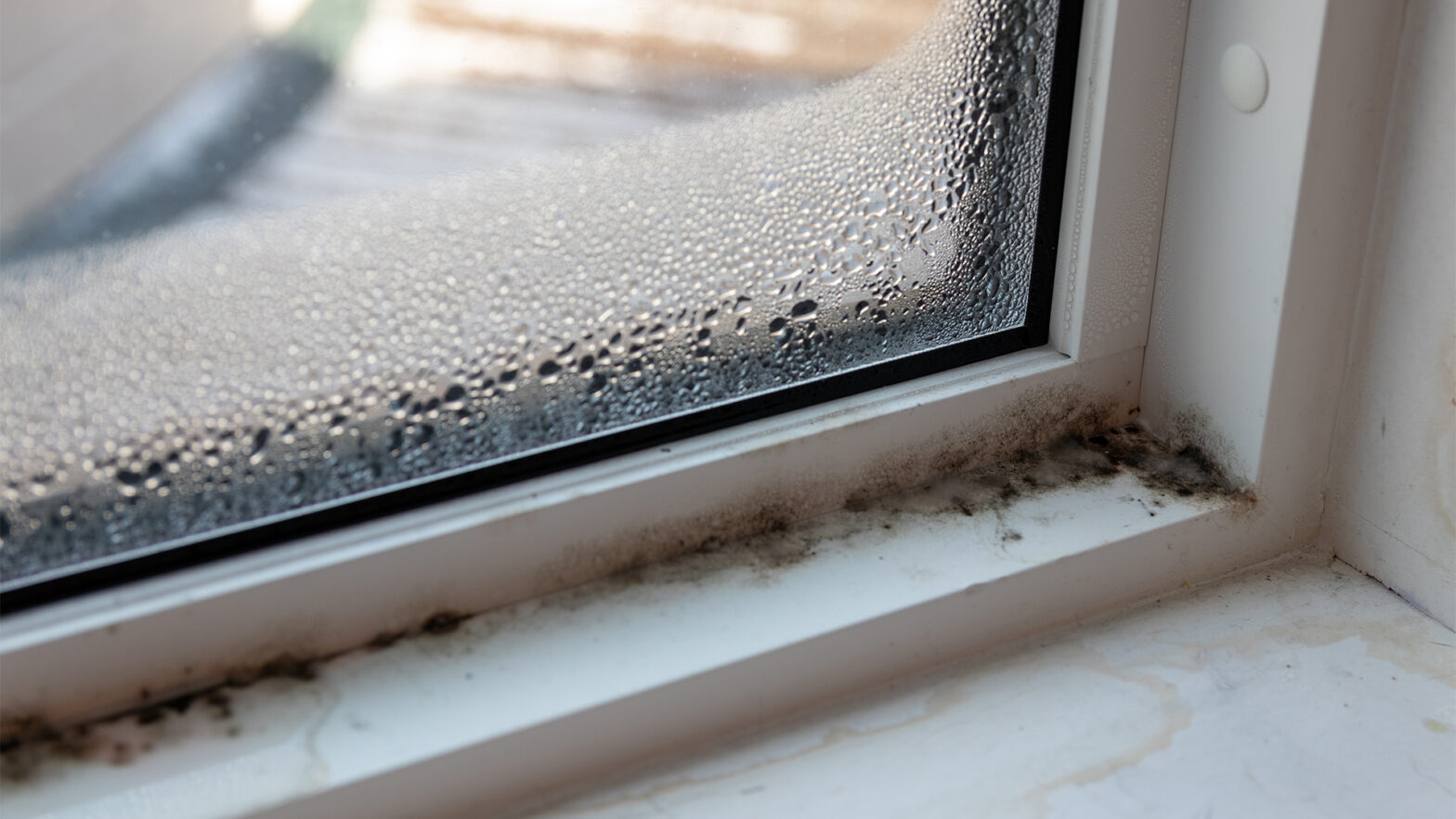Do you need to buy wood for your next construction project? Before purchasing, it’s smart to understand the different types of plywood.
Plywood is one of the world’s most versatile and widely used building materials. You’ll find it everywhere, from the sheathing on your house to the cabinets in your kitchen to the subfloor beneath your feet. But did you know that not all plywood is equal?
There are many types and grades of plywood, all better suited for some jobs than others. Let’s delve into the world of plywood and help you choose the perfect type for your next project.
Types of Plywood: Categorizing Your Options
Plywood comes in several broad categories. Let’s take a closer look at the most common ones:
1. Softwood Plywood
It is the workhorse of the plywood world. Made from pine, spruce, fir, or similar trees, it’s strong, affordable, and perfect for walls, roofs, and floors.
2. Hardwood Plywood
Hardwood plywood is strong and beautiful. Made from trees like oak, maple, and birch, it boasts superior strength and a gorgeous woodgrain finish. Perfect for cabinets, furniture, or any project where looks matter as much as function.
3. Lumber Core Plywood
This type combines the best of both worlds: a solid wood core with plywood layers outside. The result is extra strong and perfect for shelves, countertops, or anywhere you need significant support.
4. Marine Plywood
Do you have a boat to build or a dock that needs fixing? Marine plywood is your best friend. It uses a special glue that stands up to water like a champ, perfect for anything exposed to the elements.
5. Overlaid Plywood:
When you need a smooth, hard-wearing surface, overlaid plywood is the way to go. Its paper coating resists scratches, stains, and almost anything else you throw at it. Many people use it to create concrete forms or signs.
Plywood Grades: Decoding the Letters
In addition to the types, plywood also comes in several different grades based on the appearance of the outer veneers:
A-grade:
It’s top-quality plywood. It’s best to use A-grade for anything that needs to look sharp. This plywood has a smooth, sanded surface with barely any imperfections. Cabinets, furniture, or any project where the plywood will be displayed–this is what you want.
B-grade:
The All-Rounder may still require a smooth surface for finishing, but you need to fix a few tiny knots or make minor repairs. B-grade is a fantastic choice for most general projects where you want a nice finish but don’t need absolute perfection.
C-grade:
The Workhorse Appearance takes a backseat with C-grade. You may notice the surface has more prominent knots or splits, which require sanding down. But it’s still plenty strong! Use this for projects where the plywood will be hidden away, like the inner framing of a wall or under your new flooring.
D-grade:
The Bargain Bin This is the ‘get it done’ grade. D-grade plywood will have lots of knots and patches and could be rough. So, what is the upside? It’s the cheapest. If you’re building something super basic, where looks don’t matter, this will do the trick.
Combination-grade:
Plywood usually has a two-part grade, like “BC.” The first letter is for the face (front) of the sheet, and the second is for the back. So, a “BC” sheet would be great for a general-use project where one side will be visible, but the back can be a bit rougher.
Beyond the Standards: Specialty Plywoods
Sometimes, your projects call for materials that go the extra mile. That’s where specialty plywoods come in. Let’s look at a few options that could be lifesavers for specific situations:
Fire-Retardant Plywood:
Safety First Building codes are strict, especially regarding fire safety. Chemical treatment slows the spread of flames in fire-retardant plywood, providing you with valuable time in an emergency.
Flexible Plywood:
In construction, there are only a few straight lines and right angles. Flexible or bending plywood is thinner and designed to bend along a curve. Think of those excellent arched doorways, custom furniture, or even a boat hull – all made possible with flexible plywood.
Aircraft Plywood:
If the material is strong enough for an airplane, you know it will be tough as nails. The airframe plywood is strong and has minimal flaws due to its high-quality standards.
How to Choose the Right Plywood for Your Project
When picking the ideal plywood, consider the following four factors:
1. Purpose:
The most important question – what exactly are you building?
Softwood plywood is an economical choice for building structural doors like subfloors or roofs.
If you need cabinets or furniture that look as good as they work, invest in hardwood plywood, which is known for its strength and gorgeous finish.
If you want shelves carrying heavy tools, lumber-core plywood will give you the support you need.
2. Exposure to moisture:
Will the plywood be exposed to water or the elements? Will your project be outside or somewhere with moisture? If so, marine plywood is non-negotiable.
3. Appearance:
Does the plywood’s surface need to be visually appealing? Are you building something that’ll be on display? If so, go with A-grade or B-grade plywood for a smooth surface.
4. Budget:
How much do you want to spend on your plywood? We all want to save a few bucks, but sometimes it’s worth spending more on better plywood.
A failed project due to cheap materials costs you more in terms of time, hassle, and replacement costs.
Final Words
Choosing the right plywood is important for your project’s success. Whether you need it for strength, beauty, or resistance to water, there’s a type of plywood that fits your needs. Remember to think about what you’re using it for, how it looks, and how much you want to spend. With these tips, you can pick the best plywood and make sure your project turns out great.












